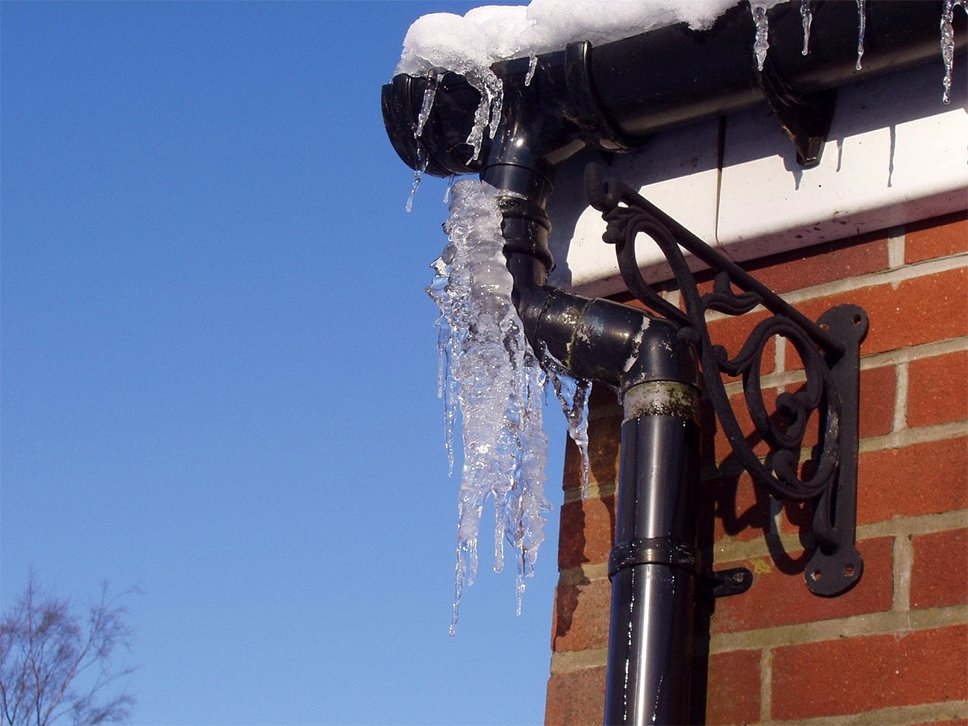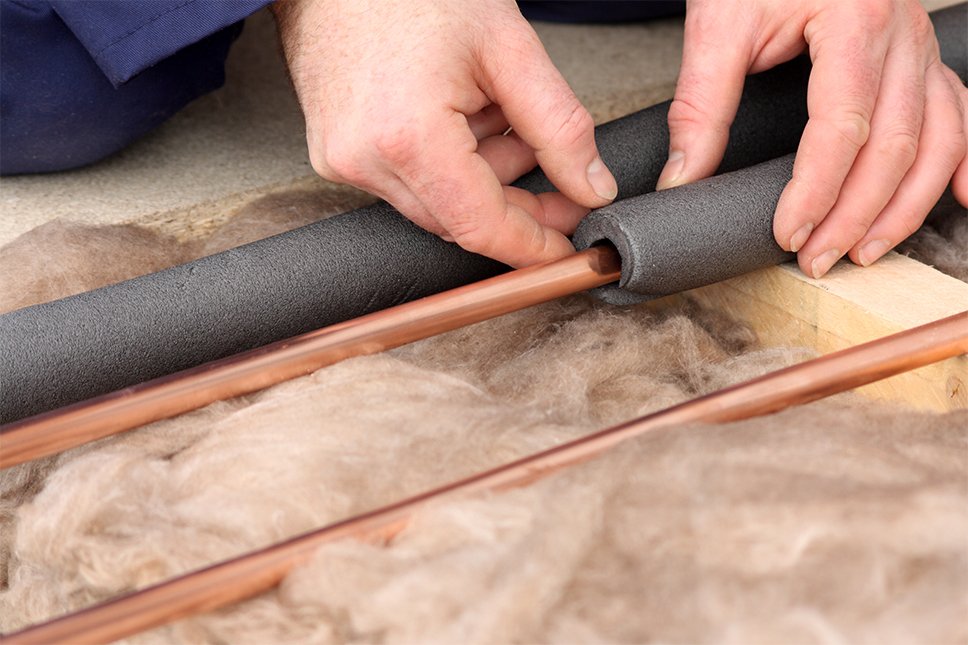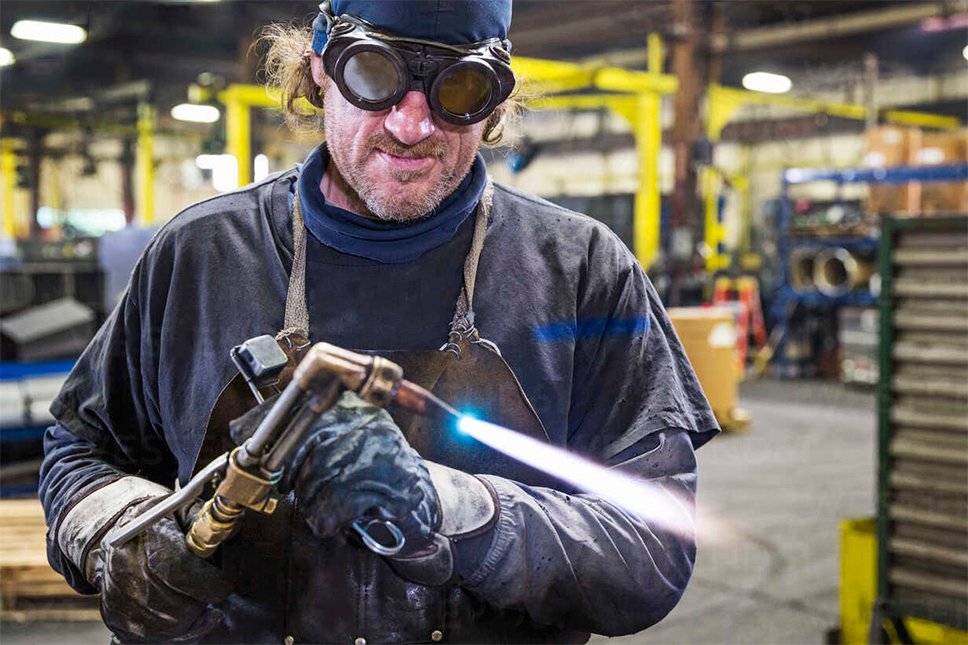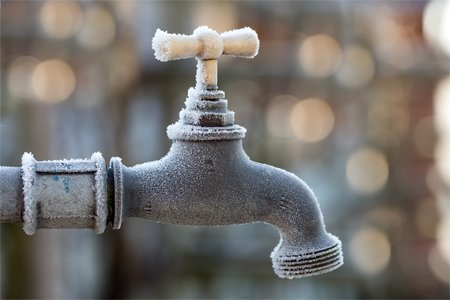The older generation used to say that when the temperature dropped below freezing point, it was important to leave the tap running so that it would drip. Actually, that’s true.

Keeping the tap running in such cold weather can prevent pipes from freezing and bursting, Pix11 reported. After all, cracking water pipes can lead to costly damage and repairs.
But do you know how many faucets you can turn on at the same time? Do you know which faucets are most effective in preventing freezing, cracking, and bursting?
Daniel Rosenbaum, a spokesman for the Henryk Fire Department in Virginia, advised, “usually, it’s the furthest pipe into the house’s sink.”. If water comes in from the front of the house, take a look at the sink behind the house. Keep the water there so that it flows through all the pipes under the house.”

Here are some preventive measures that may help protect winter water pipes:
Foamed plastic
Exposing the pipes to cold air is undoubtedly the cause of accelerated freezing.
You can wrap it in foam.
If you can keep the water warm, you reduce the amount of heat needed to heat water in the cold winter months.

Use a heat shield
Place a heat shield or other covering over outdoor faucets to reduce the likelihood that pipes will freeze.

Drip
Turn on the tap and let it drip.
This reduces the build-up of pressure in the pipe.
As a result, even if the pipes freeze, the pressure released by the water system is less likely to cause a crack.

Here are 5 things to do if your pipes are still frozen:
Leave the tap running
Turn the faucet on so that when the ice melts, the water can run, and the running water will help melt any remaining ice in the pipe.
Use electric heating pads on frozen pipes
Wrap pipes with a heating pad, or heat them with a hairdryer or a towel soaked in hot water.
Use a portable space heater
Use a portable space heater to warm the bottom of your house, but keep away from flammable materials.
Never leave the heater unattended, which may cause danger.

Use the heat until the water pressure is fully restored
Call a licensed plumber if you don’t know what part is frozen, if you can’t access the frozen area, or if you can’t thaw the pipe.

Never use small flame generators, kerosene or propane heaters, charcoal stoves, or other open flame devices.




